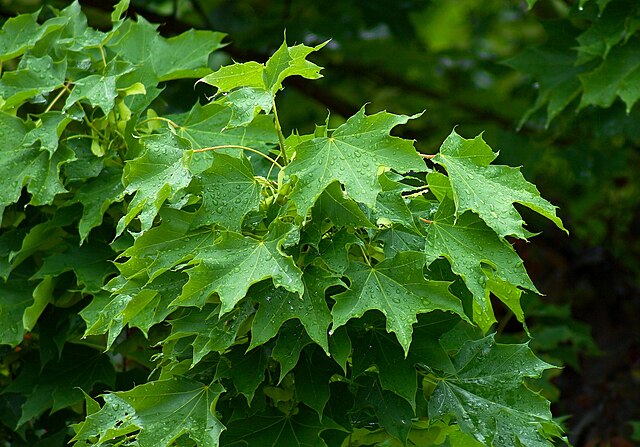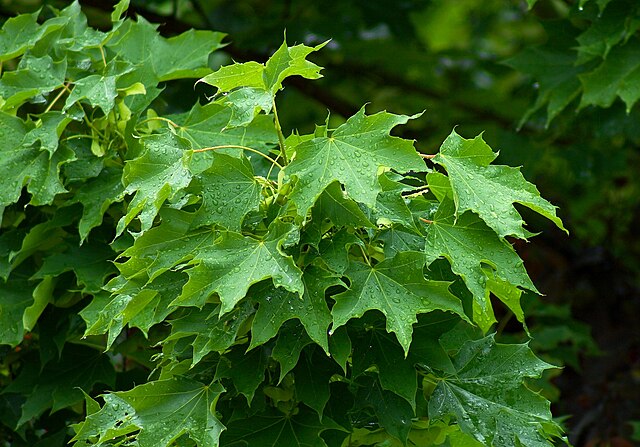Acer platanoides
Acer platanoides
Couldn't load pickup availability
Common Name:
Norway Maple
Description:
Acer platanoides, commonly known as Norway Maple, is a large deciduous tree valued for its broad, dense canopy and striking autumn foliage. Native to Europe and western Asia, it has been widely planted in Australia as a shade tree for parks, streets, and large gardens. Its bright green, five-lobed leaves resemble those of the sycamore and turn brilliant shades of yellow and orange in autumn. Norway Maple is fast-growing and adaptable, tolerating a wide range of soil conditions, including clay and urban environments. It thrives in full sun to part shade and is relatively drought-tolerant once established. Small yellow-green flowers appear in spring before the leaves emerge, followed by distinctive winged seeds (samaras) that spread easily. While beautiful, this species can become invasive in some regions due to its prolific seeding.
Form:
- Tree - Large
Mature Size:
- Height: 12–20m
- Width: 10–15m
Aspect:
- Full Sun
- Part Shade
Flowering:
- Flowers in Spring
Flower Colour:
- Yellow-green
Key Attributes:
- Disease Resistant
- Bird Attracting
- Suitable for Large Gardens
- Tolerant of Pollution
- Provides Excellent Shade
Toxicity:
- Non-toxic to humans
- Leaves and seeds can be toxic to horses if ingested in large quantities
Companion Plants:
- Quercus (Oaks)
- Tilia (Linden trees)
- Betula (Birch trees)
- Shrubs like Viburnum and Hydrangea
- Perennials like Hostas and Ferns

Enter Your Postcode Below & Click 'Check' To See Delivery cost To Your Area
- Choosing a selection results in a full page refresh.
- Opens in a new window.

